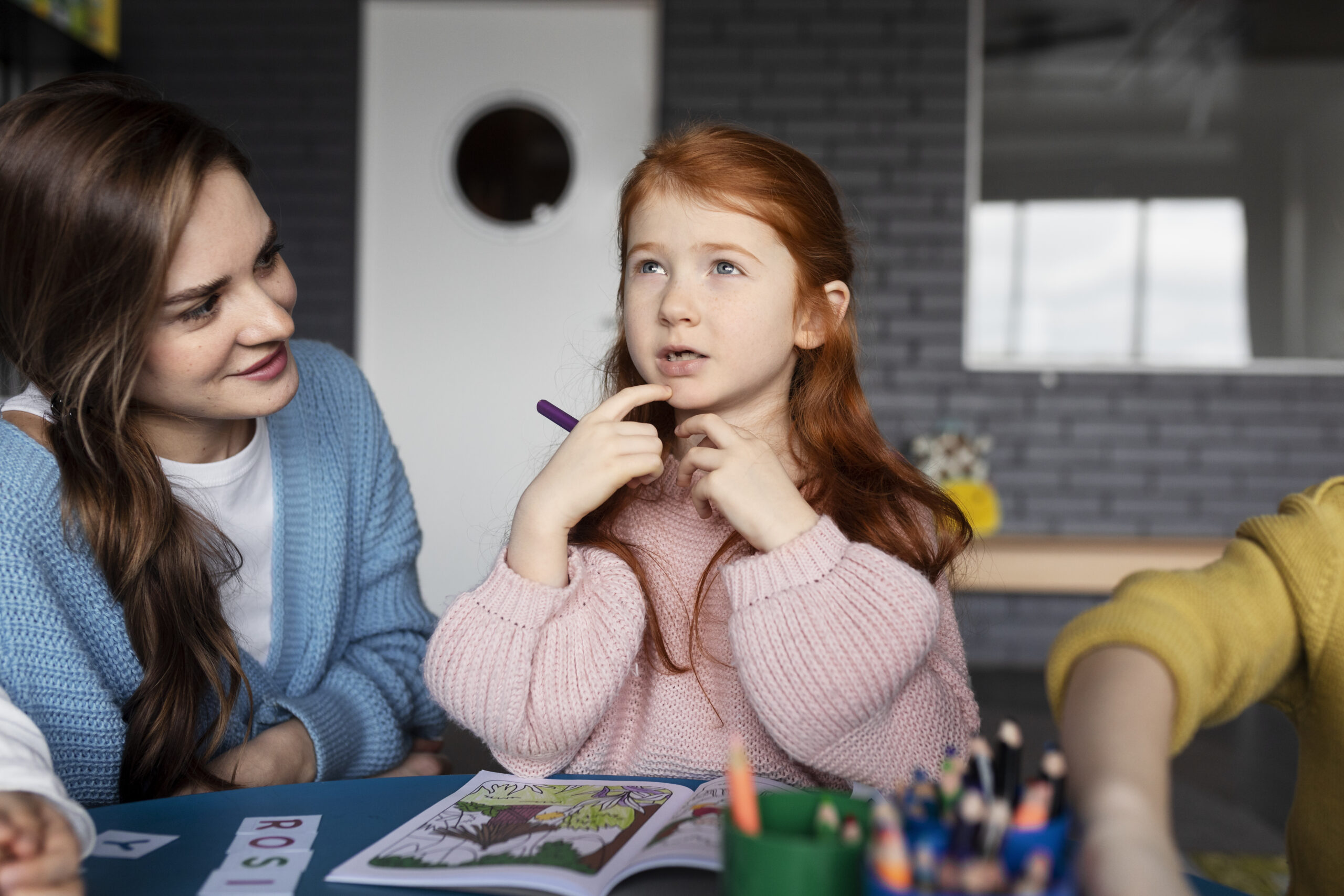From the romantic and poetic "celestial openness" of the child's mind to the technologically enhanced “blossoming of a speech form” these TED talks (Patricia Kuhl: The linguistic genius of babies), (Deb Roy: The birth of a word) shed light to the unique speech mechanism feature that nature built in the human species. Even though human language is a system of extraordinary complexity, young children manage to acquire a first language in a matter of a few years without the need of formal instruction. Lastly, the diachronic battle of Nature versus Nurture is another important common theme that indistinctly runs through these talks.
Despite being fascinated by witnessing the actual “birth of a word”, and acknowledging the profound social implications for science, government and commerce emerging from our newly acquired microscopic - telescopic ability to see social structures and dynamics about behaviour around communication in a previously unconceived way, due to my lack of scientific knowledge as regards engineering, and the technical toolkit required to harness the power of the analysis of data, I am inclined to elaborate further on the talk which focuses on “the linguistic genius of babies”.
The realisation that babies are born global citizens and are genetically endowed with the ability to phonetically distinguish between any two sounds that are relevant for any spoken language on the planet up until four to eight months is astonishing on its own, just as much as the fact that the critical period of non-native phonetic perception declines between eight to twelve months, transforming babies to culture-bound listeners. Hence Kuhl’s argument that “neural commitment to native-language phonetic properties explains the pattern of developmental change in the first year" (Kuhl, 2006). Comparing and contrasting infant language acquisition to adult language acquisition in her research, Dr. Kuhl claims that babies from different cultures, under 8 months of age, can detect sounds in any language from around the world that adults cannot, as the latter are language bound listeners, who consciously use their brain to memorise and learn, while infants gather sound recognition by nature during that critical for sound development two-month period.
The last decade has been officially called the “decade of the brain”, as what has been discovered from research has revolutionised the way we look at learning, especially early childhood learning. Owing to the technological advancements that allow for the brain to be scanned and scrutinised, scientists have come up with wondrous findings in some cases, or/and have been able to confirm old practices and instinctive ways of how to take care of babies in others. Like in the case of motherese or parentese, this universal, singsong, high-pitched, slow and exaggerated way to talk to infants across cultures to help them tune into their native language.
Nowadays, it is common knowledge, especially in the developed world, that babies are born learning, and the brain grows more during the first three years than at any other time. The interaction and the quality of the caregiving experiences the child receives during these first three years lay a foundation that influences the child’s learning, wellness, physical, emotional and social health. In other words, all children have some innate capacity for language, but it largely depends on where the child is brought up. Therefore, we can come to the conclusion that both heredity and environment play a vital role in language development.
The equally fascinating scientific findings through experimentation about the key involvement of a human being in the process of a baby’s effective collecting of “statistics”, demonstrate how crucial this association is for the social brain to take over. The oldest, most natural way to convey language and knowledge has since the beginning of time been talking; teaching through talking; and to quote Bruce Perry “we can’t teach them language by putting them in front of a video or a TV.” (Perry, 2000). A child’s brain requires interaction with a real person in order for the part of the brain that learns language to be active. Therefore, meaningful relationships and interactions are essential for this as children grasp meaning in a language through connections and context.
My personal experience as a mother and an educator confirms that the key to building language and vocabulary skills is by talking to your baby the earliest possible, starting from the womb. Using rich, varied language in full sentences, and cultivating a quality learning environment where exposure to the language is long-term, systematic, and enriched, lays the foundation for the child’s future reading and writing skills. Having meaningful conversations about everyday activities, reading picture books and storytelling greatly contributes to their cognitive development and prepares the ground for critical thinking and higher order thinking skills.
